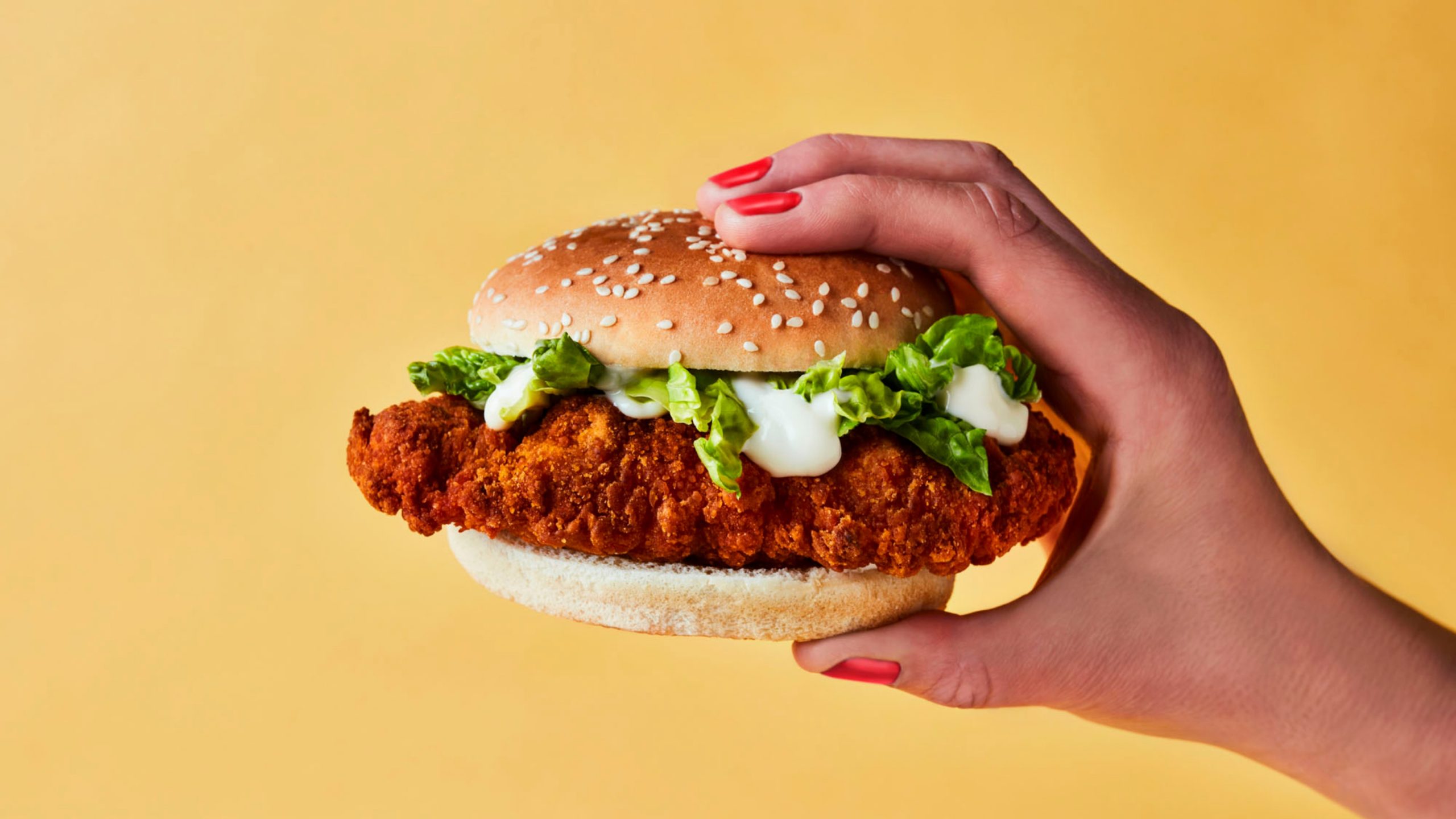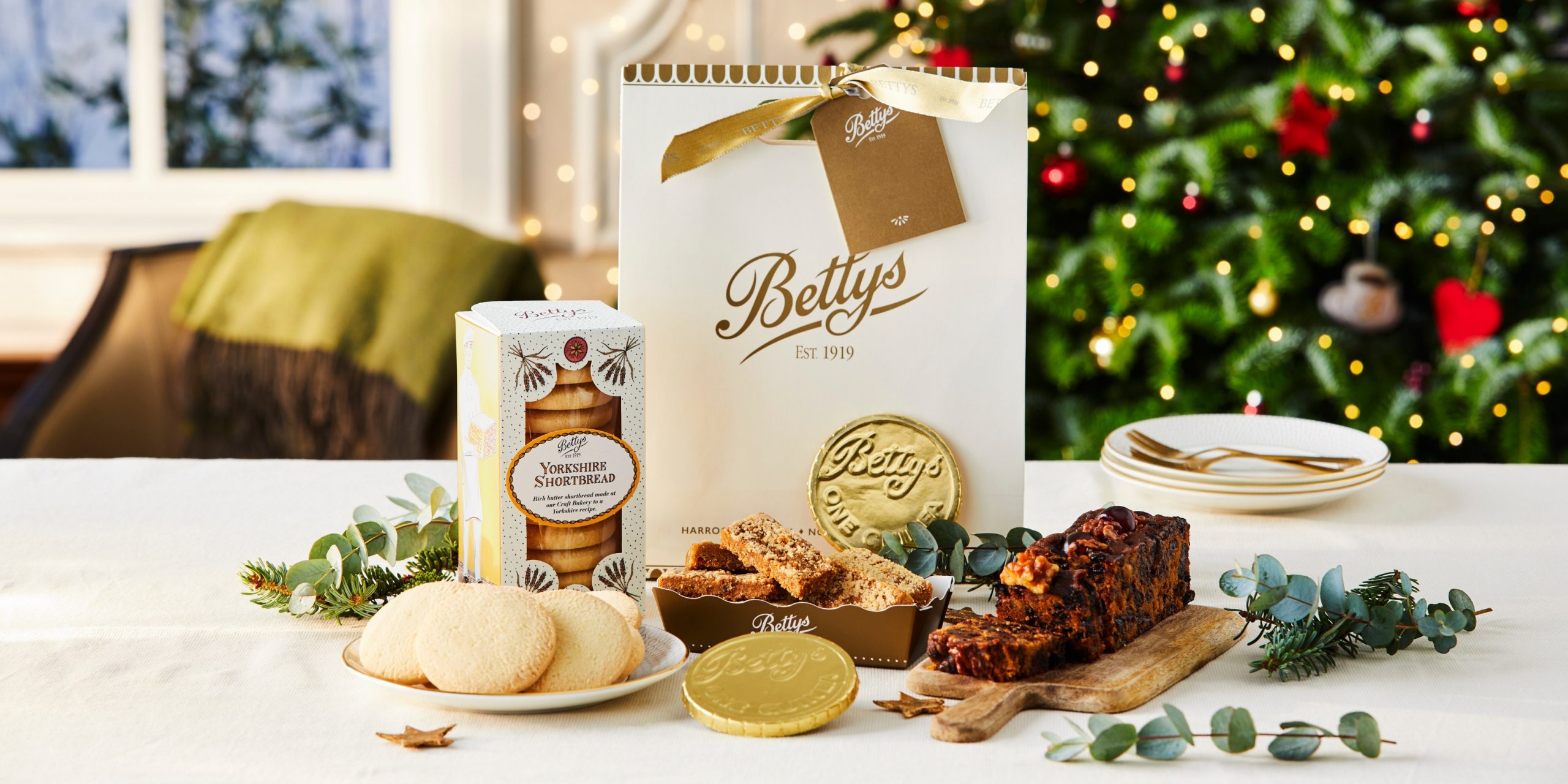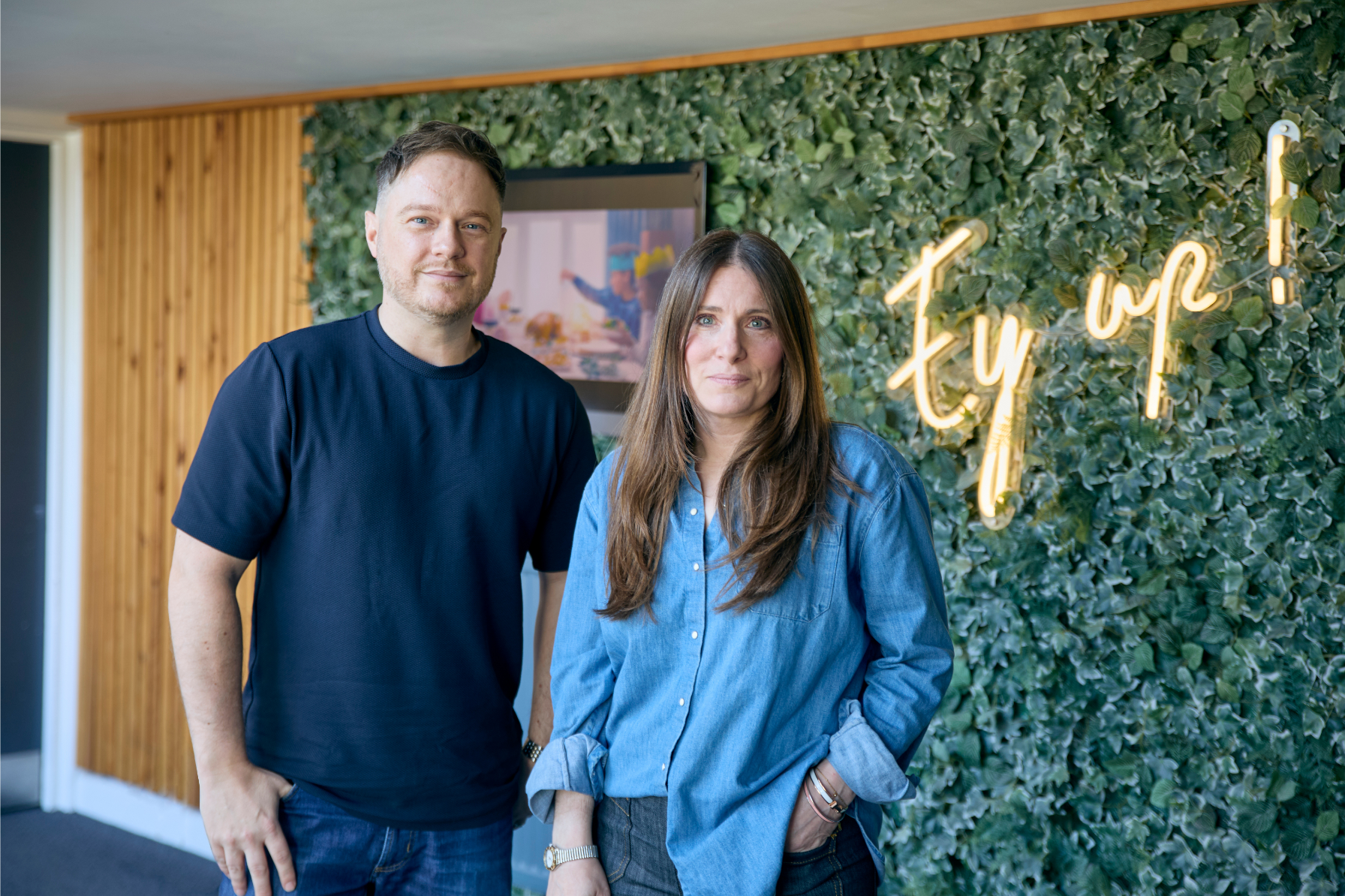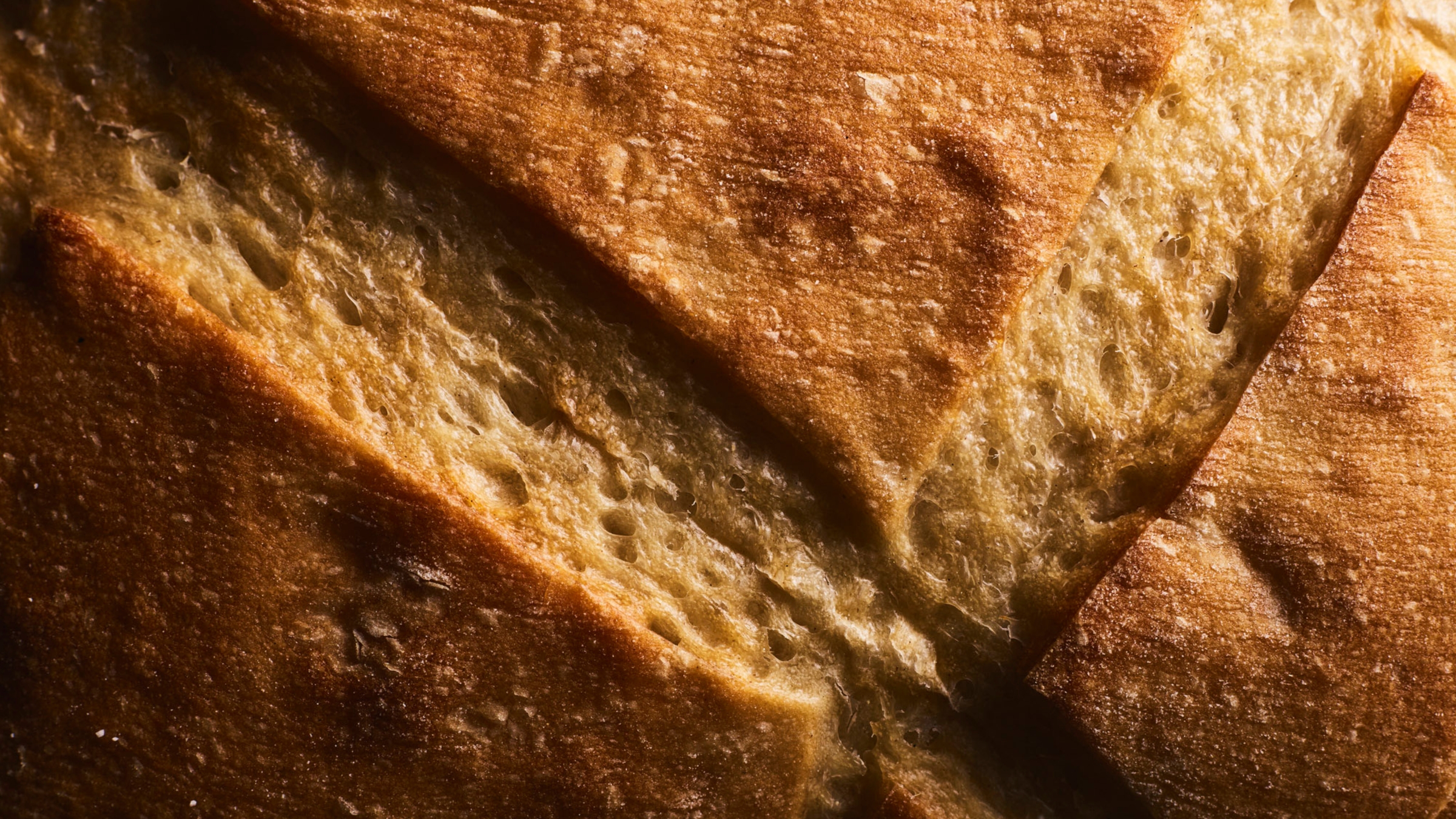Changes in food consumption that brands need to know about
It has always been important for food brands to anticipate changes in consumer behaviour and respond by creating relevant content for their audience. Strategies are often based on detailed reports and in-depth market research.
About this post
Published
Author
June 11, 2020
But the UK lockdown as a result of COVID-19 has brought about a rapidly changing environment and unpredicted changes in food consumption. This only amplifies the demand for agility – brands must respond quickly to deliver content that still resonates with customers.
We consulted some food industry experts to explore how food consumption is changing in 2020 and what these changes mean for brands in the future.
Asking the experts about how food consumption is changing in the UK
This feedback is directly from our food stylists. They’re often some of the first to see changes in food consumption because they’re researching and responding to trends before they even hit the shelves.
From ex-chefs to product developers, recipe curators to home economists, they’re totally dedicated foodies. They absolutely love food and spend their days working with top food brands like M&S, Morrisons, Aldi, Co-op and Quorn. Their perception helps shape content that reflects the very latest food consumption habits in the UK.
How is food consumption changing in 2020?
Here are some first-hand insights from our food stylists into how food consumption is changing right now in the UK and what that means for brands.
More love for lunch
Before lockdown, many people would grab lunch on the go amid a hectic office schedule or between meetings. But people are now spending much more time at home, so they’re having to think about three meals a day instead of one or two. Lunch has become an integral part of our routine, worthy of investing extra time.
Nearly half of UK consumers are snacking more. Despite crisps, confectionery and biscuits being the most popular treats, healthy intentions remain high with 32% eating more fruit.
Brands can take this opportunity to diversify their content with more recipes for lunch and snacks to reflect these changes in food consumption. This is more likely to connect with a customer because it relates to what they’re experiencing right now.
Lunch isn’t only changing for adults though; there’s also a need for simple, child-friendly recipes that move away from traditional packed-lunch classics. Even as children return to school, many parents will be keen to continue reinforcing these new food consumption habits.
Rediscovering the joy of cooking
With more time available, people are making ‘slow food’ dishes themselves – things they may have previously just bought before lockdown, such as sourdough starters, dough or pasta. Other activities and techniques related to cooking are also becoming more common, like foraging, marinating or pickling. In fact, more than a fifth of people in the UK are now cooking every meal from scratch.
Brands can develop recipes focused on scratch cooking, but also build content around techniques and tips to help people preserve their homemade food for longer.
The rise of baking
Many people have found that channelling their inner ‘Star Baker’ from Great British Bake Off is a good way to help them fight the common feelings of stress and anxiety during lockdown. Baking was a prevalent topic during Mental Health Awareness Week in the UK, from 18-24 May.
There are added mental health benefits when baking for others. This gives people the chance to reconnect with their neighbours, check that people are okay and donate to those in need. It evokes strong emotions of community spirit and helps people feel like they are doing their bit.
It’s not just about satisfying a sweet tooth either. There has been a focus on baking with a healthier twist – just look at the prolific amount of banana bread baked during the first few weeks of lockdown!
If you’re a brand that can incorporate baking into your messaging, then easy bake ideas for beginners or bakes that can be achieved with fewer ingredients are great options.
While content about reduced sugar or naturally healthy recipes is important, lighter sweet treats are likely to become more popular as we head into the warmer months.
Tasty, healthy food with fewer ingredients
People are thinking more than ever before about how to maintain a healthy lifestyle. This has become significantly harder during lockdown, with gyms closed, limited exercise outdoors and reduced availability of ingredients that would usually be easy to find on supermarket shelves.
The inevitable financial impact also means more decisions about household spending, so consumers are looking for ways to keep eating healthily without breaking the bank.
Brands can respond with recipes that need fewer ingredients and keep costs down, but still deliver on taste and try out new flavour combinations. There’s also a chance to educate customers about the health benefits of these new recipes.
Ingredient swaps and alternatives in recipes
We’ve all heard about – or even seen for ourselves – the empty supermarket shelves, booked-up grocery delivery slots and food stockpiling during lockdown. This means many people may simply be unable to get the ingredients needed to follow a recipe.
Recipe development is changing, and brands need to incorporate alternative ingredients and easy swaps to accommodate people who may not have access to certain ingredients. Otherwise, they risk a message that alienates their customers and comes across as insensitive or irrelevant.
Brands must respond to changes in food consumption to stay relevant
It was no secret that food consumption was going to change in the UK as a result of lockdown, the question was: how? This insight from our food stylists helps brands to understand the answer.
Food has always been an essential part of our culture, but people are experiencing seismic changes to their everyday lives. As consumers adapt to those changes, so too must brands. The ability for brands to constantly evolve and shape relevant content is now more crucial than ever.





